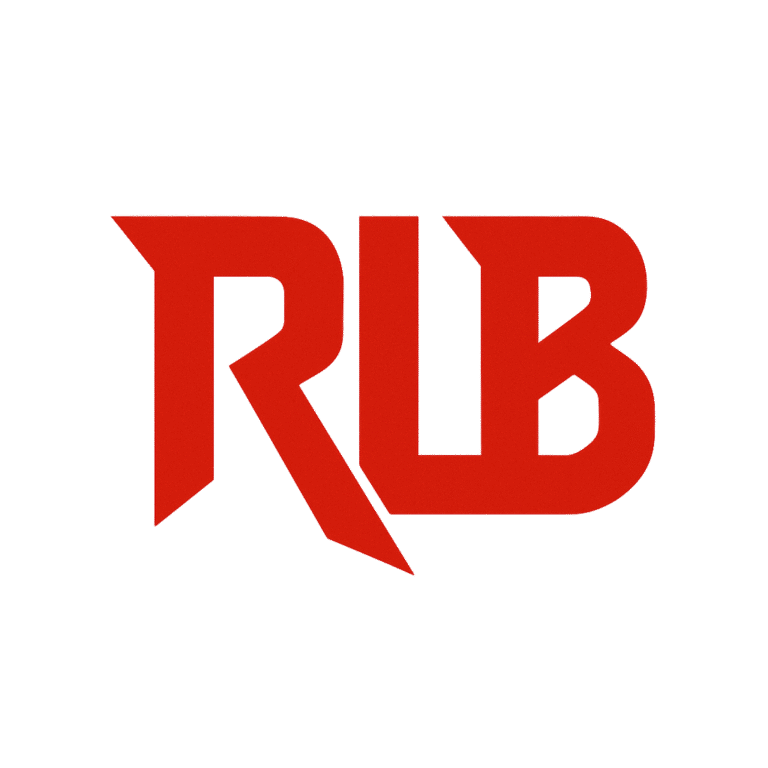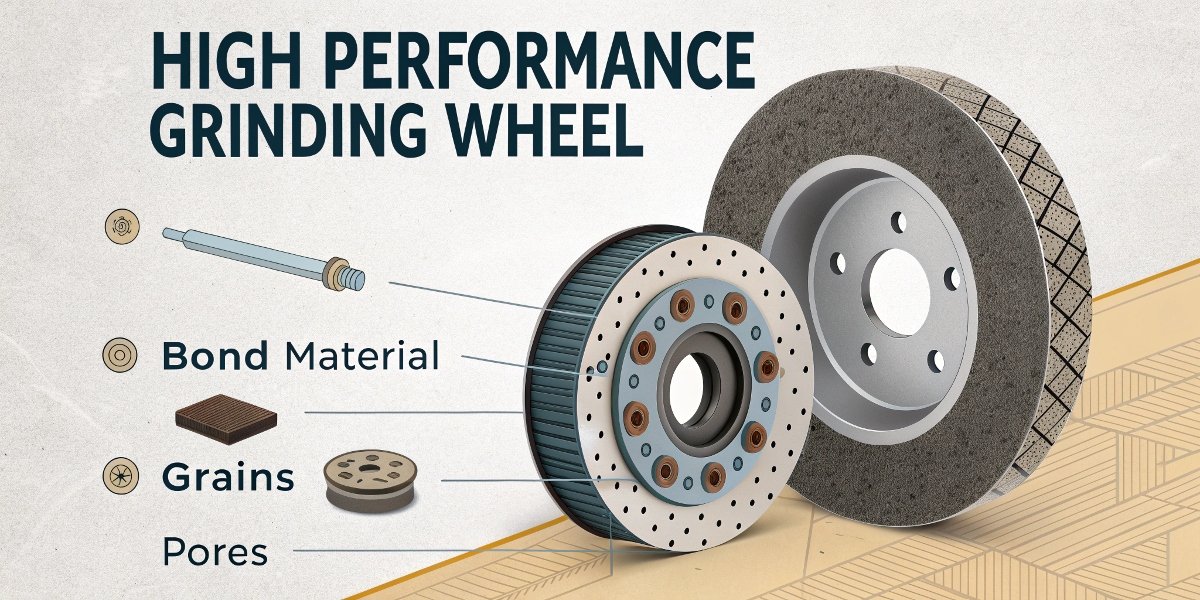
Choosing the wrong grinding wheel damages your workpiece and wastes money. You are tired of short tool life and poor surface finishes. The key is understanding what makes a great wheel.
A grinding wheel is a precision tool made from abrasive grains held by a bonding agent, often on a substrate. The specific combination of these materials is engineered to match your application, directly impacting performance, finish, and cost-effectiveness.
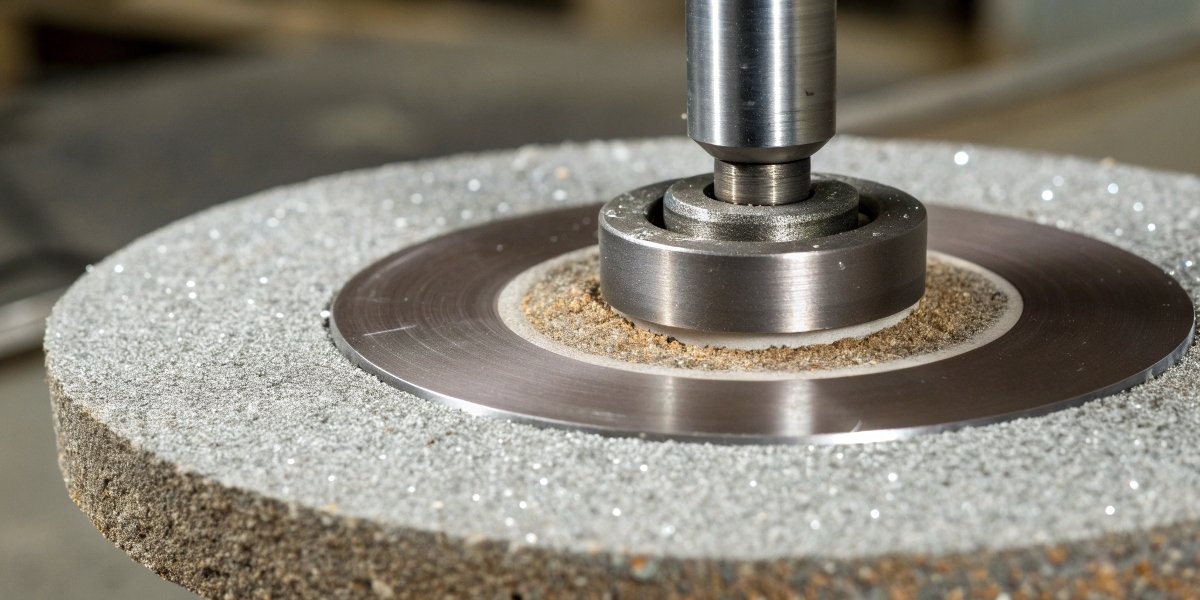
For any purchasing manager or technical director, the grinding wheel can seem like a simple commodity. However, a wheel’s performance is incredibly complex. Here at our factory in Henan, we’ve spent nearly thirty years mastering the science behind these tools. The secret to a perfect cut or grind isn’t just one material, but the precise combination of several. Think of it like a recipe. The right ingredients in the right proportions create the perfect result. Let’s break down that recipe to see how we can build the perfect wheel for your specific job.
What Are the Core Components of a Grinding Wheel?
Your wheel isn’t cutting right, and it is wearing down too fast. You suspect it’s the wrong type but are not sure why. Let’s look inside to understand the components.
Every grinding wheel has two primary components: the abrasive that does the cutting and a bond that holds it all together. Many wheels also have a third part, the substrate or core, which provides structural support and mounting.

Understanding these three parts is the first step to choosing the right wheel. The abrasive grains are the cutting teeth of the wheel. The bond acts as the support structure, holding the grains and releasing them as they become dull to expose new, sharp grains. The substrate gives the wheel its overall shape and allows it to be mounted securely on a machine. As a manufacturer, we don’t just assemble these parts; we engineer their relationship. For example, a harder bond will hold grains longer, which is good for soft materials. A softer bond releases grains faster, which is necessary for hard materials to prevent the wheel from "glazing" or getting clogged. Our job is to find that perfect balance for you.
A Deeper Look at Abrasives and Bonds
| Component | Category | Common Materials | Best For |
|---|---|---|---|
| Abrasive | Conventional | Aluminum Oxide, Silicon Carbide | General steel, cast iron, non-ferrous metals |
| Superhard | Diamond, Cubic Boron Nitride (CBN)1 | Hardened steel, ceramics, composites, glass | |
| Bond Agent | Resinoid | Phenolic Resins | High-speed cutting and grinding, requires flexibility |
| Vitrified | Ceramic Clays, Feldspar | Precision grinding, porous, cool cutting | |
| Metal | Bronze, Steel, Tungsten Carbide | Extreme durability, cutting hard, non-metallic materials |
This balance of abrasive and bond is where our expertise makes a difference. We can create a custom solution to solve your specific grinding challenge.
How Are Cutting Wheels Different from Grinding Wheels?
Using a grinding wheel for a cutting job is slow, inefficient, and unsafe. You need a tool that gives a clean, fast cut without breaking. The material composition is the key difference.
Cutting wheels are a specific type of abrasive wheel made from the same core materials but are much thinner. They are typically made with strong resinoid bonds and fiberglass reinforcement to handle the unique stresses of cutting.
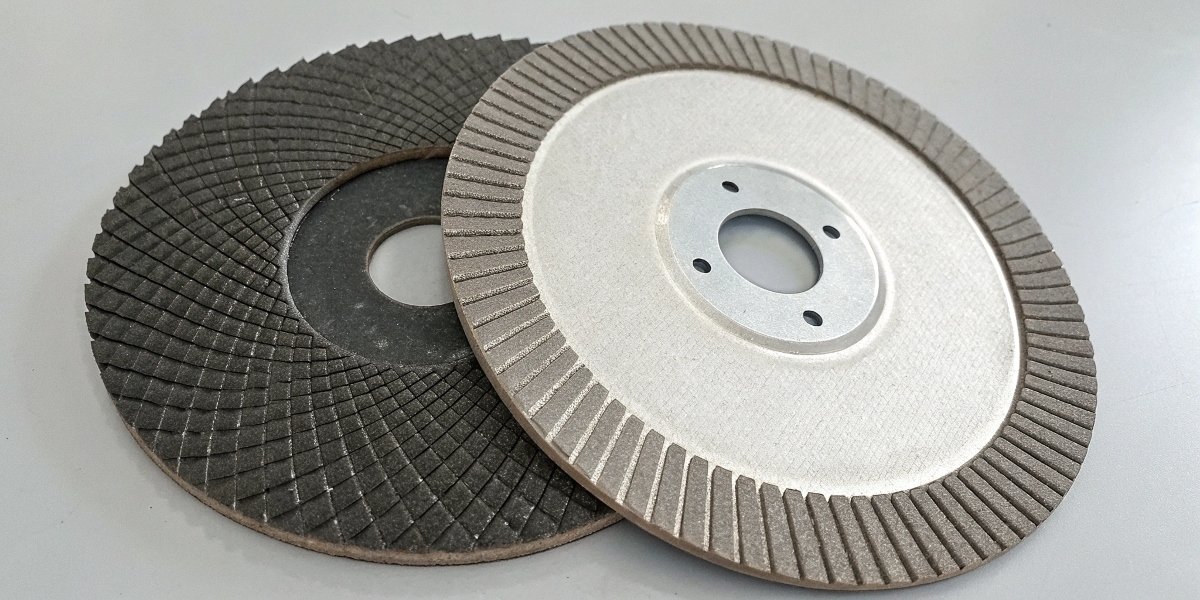
The main job of a grinding wheel is to remove material from a surface. It uses its face to do the work. A cutting wheel, on the other hand, uses its thin edge to slice through a material. This difference in function demands a different design. Cutting wheels must be strong enough not to shatter at high speeds but flexible enough to withstand some side pressure. This is why resinoid bonds are so common. The resin provides excellent strength and a degree of flexibility that a rigid vitrified bond can’t offer. We often build them with layers of high-tensile fiberglass mesh inside. This reinforcement acts like rebar in concrete, holding the wheel together even under extreme force. Years ago, a client came to us because their workers were using standard grinding wheels to cut steel pipe. It was slow, and they had a few wheels break. We provided them with our RL brand cutting discs. The job got done twice as fast, and their safety record improved immediately. It’s all about using the right tool for the job.
What’s the Best Abrasive Wheel for Cutting or Grinding Steel?
Your wheel is wearing down instantly on a steel workpiece. You are burning through consumables and getting poor results with a bad finish. Choosing the right abrasive grain is the solution.
For most steel alloys, aluminum oxide is the best all-around abrasive. For harder tool steels or stainless steel, Cubic Boron Nitride (CBN) is far superior. For cutting, resin-bonded aluminum oxide wheels are the industry standard.
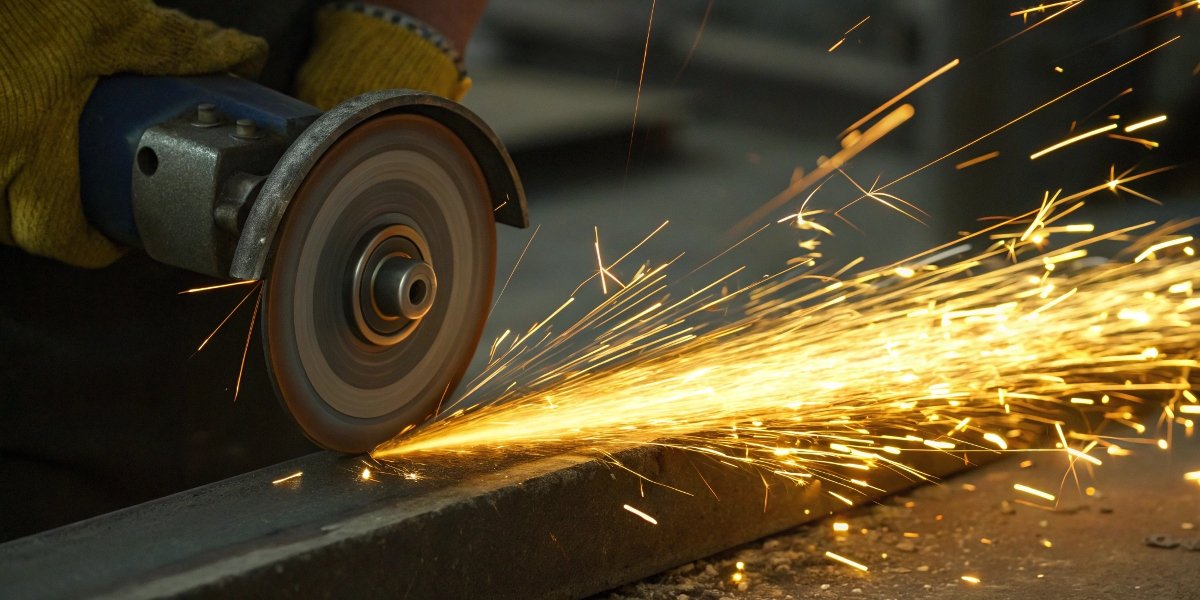
Steel is a ferrous material, meaning it’s iron-based. This is important because different abrasives react chemically with different metals at high temperatures. Aluminum oxide is the workhorse for steel because it is tough and has excellent friability. This means that as a grain dulls, it fractures away to expose a new sharp edge, making the wheel self-sharpening. Silicon carbide, another common abrasive, is harder but more brittle. It works great on cast iron or non-ferrous metals like aluminum, but it tends to react chemically with steel, causing it to wear down very quickly.
When you move up to very hard steels, like tool steel or specialized alloys, even aluminum oxide struggles. This is where superabrasives come in. Cubic Boron Nitride (CBN) is the second hardest material on earth, after diamond. CBN has incredible thermal stability and chemical resistance when grinding hardened ferrous materials2. For our customers in high-precision manufacturing, a custom CBN wheel isn’t a luxury; it’s a necessity for achieving tight tolerances and a superior finish.
Abrasive Guide for Steel
| Steel Type | Recommended Abrasive | Why It Works |
|---|---|---|
| Mild / Carbon Steel | Aluminum Oxide (conventional) | Best balance of toughness and friability. Excellent value. |
| Stainless Steel | Specially treated Aluminum Oxide | Contains grinding aids3 to reduce heat and prevent discoloration. |
| Hardened Tool Steel | Cubic Boron Nitride (CBN)1 | Maintains hardness at high temps, chemically stable with iron. |
Where Do the Raw Materials for Abrasive Wheels Come From?
Supply chain disruptions are a constant worry for any purchasing manager. You wonder if your supplier has reliable access to quality materials. Understanding the source of the materials gives you confidence.
The core raw materials are abrasive grains and bonding agents. We have a major advantage because our factory is in Henan, which produces 80% of China’s industrial diamonds. This direct access ensures quality, consistency, and stable pricing.

The quality of a grinding wheel begins with the quality of its raw materials. The abrasives, like aluminum oxide or diamond, are either mined or created through complex industrial processes. The bonding agents are chemical resins, metal powders, or ceramic clays. A manufacturer is only as good as its supply chain. This is where our location in Henan province gives us, and our customers, a huge advantage. Henan is the undisputed center of China’s abrasive industry. Specifically, it is the heart of the country’s diamond production. By being located at the source, we can select the best quality diamond grits for our superhard grinding wheels directly. We have built relationships with the material producers that span decades. This means we have a stable, reliable supply of high-quality raw materials at a competitive cost. This benefit is passed directly to you, our B2B partner. You get a world-class product without the supply chain headaches or the markups from middlemen. Our 30-year history is built on this foundation of direct material control.
Conclusion
Choosing the right materials is key to performance. We engineer custom solutions by combining the best abrasives and bonds to perfectly match your specific grinding or cutting application.
Written by
leeon
You may also be interested in:
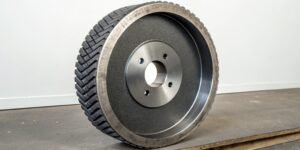
What's the application of CBN Wheels?
Struggling with grinding hard steels? Frequent wheel changes and poor finishes can hurt your bottom line. We have found that CBN wheels provide the durability
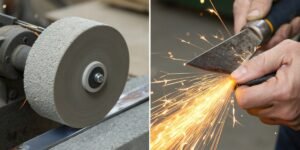
What is the difference between grinding and honing a blade?
A dull blade is a frustrating problem. It slows down production and ruins your workpiece. Using the wrong technique to fix it can cause permanent
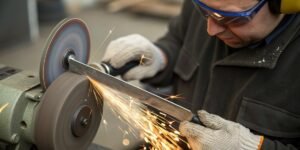
How to sharpen a knife on a bench grinder?
Is your dull knife slowing you down? A bench grinder seems like a quick fix, but you’re worried about ruining the blade. You need a

Can you use an angle grinder as a sander?
Your sanding project is tough, and your regular sander is not powerful enough. You look at your angle grinder. It has the power, but is
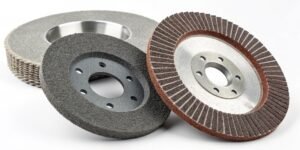
How to judge the quality of a grinding wheel?
Choosing the wrong wheel wastes money and ruins parts. Poor quality leads to downtime and rejection. A few key checks can guarantee you pick the

What is low stress grinding?
Struggling with parts failing due to hidden stress from grinding? This common issue causes cracks and reduces component life, costing you money. Low stress grinding
